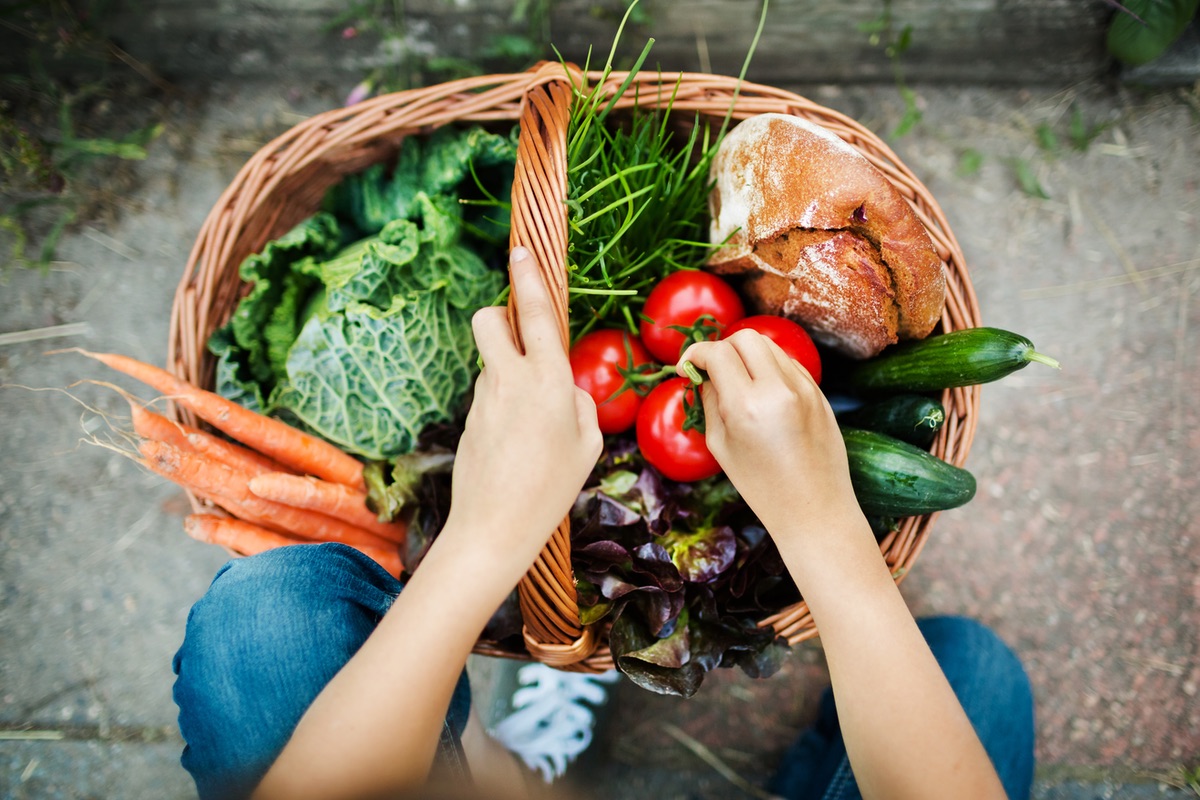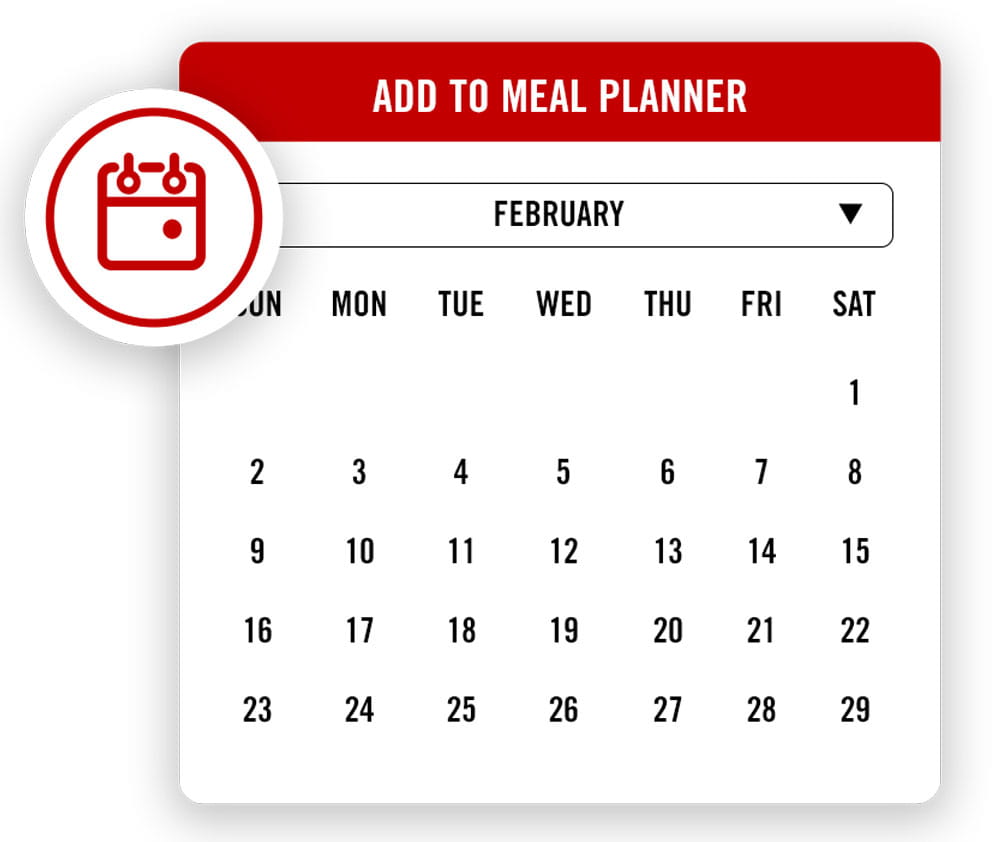You can start many autumn crops while the weather is still hot. That way, there'll be enough time to harvest them before the snow flies.
Summer feels like high season in the vegetable garden, when tomatoes, squash, and other warm-season plants are in overdrive. Still, plenty of fall garden vegetables can be planted to keep your plants productive.
If you begin planning and planting in late summer, you can extend your harvest of garden-fresh produce well into fall and even winter by growing cool-season crops. For example, try sowing fast-growing salad crops to quickly fill the most unkempt summer vegetable beds. And many sweet root crops like beets and carrots and cabbage cousins like kale can continue growing for several weeks beyond the first frost. These tips will help you fill your table with plenty of homegrown goodness long beyond the heat of summer.

It's All About Timing
The secret to growing abundant fall garden vegetables is timing. That means thinking a little differently because you have to plan backward. Start with your area's average first fall frost date. Then look at the number of days to harvest the fall garden vegetable you want to grow. You'll find it on the seed packet or in the catalog description. Use the days to harvest number to count back from the first frost date. Then add two weeks because many fall vegetables grow more slowly as days shorten in fall.
Here's an example: If your first fall frost typically occurs around October 31 and you want to grow 'French Breakfast' radishes, which mature in about 25 days, plant them around September 22. However, in Zones 8-10, where frost is rarely an issue, you can plant fall vegetable crops as late as December.

Get the Garden Ready
Get your yard prepared for fall garden vegetables. First, remove underperforming crops, such as diseased tomatoes, peas that have burned out from the heat, or ones you've already harvested (sweet corn, for example). Next, pull any weeds so they don't steal moisture and nutrients from your new young plants. Finally, take advantage of the open planting bed to incorporate a 2- to 3-inch layer of well-decomposed compost to get your fall veggies off to a great start.
Start From Seed
You'll probably grow most fall garden vegetables from seed. Use the extra seeds you didn't plant in the spring or purchase new ones. If you start your seeds outdoors, plant them a little deeper than you would in spring; the soil is typically moister and cooler an extra inch or two down.
Test Garden Tip
If you live in a hot-summer climate, you might need to start seeds of your favorite cool-season vegetables indoors. Many do better in air-conditioning than in the heat. The basics of starting with seeds are the same in autumn as in spring: Use a high-quality seed-starting mix for best results. If you reuse the containers you used for your seeds in spring, wash them in a solution of one part bleach to 10 parts water to kill any disease organisms lurking about.

Fall Garden Vegetable Care
It's crucial to keep your fall garden vegetable plants well-watered during the hot months of July, August, and September. Generally, most fall garden vegetables do best with about an inch of water a week. Once your seedlings or transplants are established give them one deep watering a week rather than several lighter waterings.
Your garden may already have pests and diseases, sowatcht for holes or spots on plant leaves. Deal with insects and diseases promptly to minimize the damage.
Extend your growing season later into fall by protecting your plants from frost. Cover the garden with an old sheet, blanket, tarp, or row cover when frost is forecast.
Crops for Speedy Harvest
Get the last blast from your veggie patch with fall vegetables to plant that go from seed to table in 40 days or less. Sown in September, sprinters such as arugula, mustard, spinach, turnips, and crispy red radishes are ready to harvest in little more than a month. Also, try pretty Asian greens, such as tatsoi or mizuna, which grow so fast that you'll have baby plants to add to stir-fries and soups just three weeks after sowing.
The hardiest fall vegetables, spinach and kale, often grow well into early winter. Stop harvesting leaves when freezing weather arrives. When protected by a blanket of snow or a plastic tunnel, spinach can survive winter and produce a flush of sweet leaves first thing in spring.

Best Fall Garden Vegetables
Plenty of fall garden veggies thrive in cool temperatures. Count on them to survive light frost if given some protection. When shopping for seeds for fall garden vegetables, select varieties with the shortest seed-to-harvest time. In Zones 8-9, where temperatures rarely dip below 20˚F, many fall vegetables will grow all winter.
- Beets
- Broccoli
- Brussels sprouts
- Cabbage
- Carrots
- Cauliflower
- Collards
- Kale
- Kohlrabi
- Leeks
- Lettuce
- Mustard
- Radish
- Rutabagas
- Swiss chard
- Turnips
This article was written by Megan Hughes and Heather Luckhurst from Better Homes and Gardens and was legally licensed through the Industry Dive Content Marketplace. Please direct all licensing questions to legal@industrydive.com.






